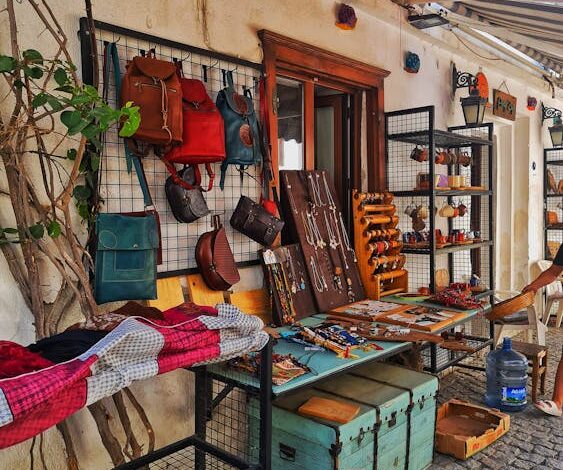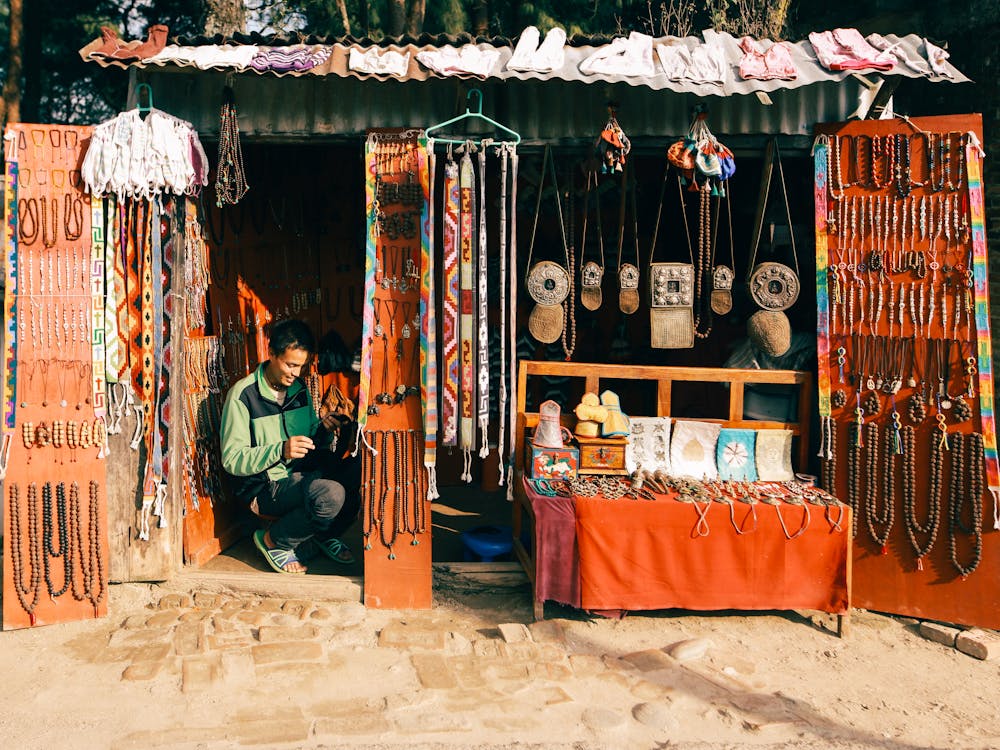Antiquità: Navigating the Treasures of Our Past in a Modern World

The appeal of antiquities is not just in their intrinsic beauty, but as well in the secrets they contain and the stories they be able to. The intimate connection with the past has caught the attention of many who are from the seasoned collectors to academics and even curious collectors. In this extensive study, we will explore the diverse collection of antiquities and discover their significance in the present world, as well as what ethical, legal and cultural Antiquità guidelines that govern their preservation and collection.
The Tale of Antiquity: A Glimpse at the Journey Through Time
Antiquities include a variety of ancient artifacts that range from the fragments from pottery up to the splendor of huge sculptures. These artifacts are a record of human invention and the development of religion, art and governance as well as societal structures. The study of these relics is essential to understanding the evolution of the human experience as a whole.
Unearthing the Past Through Antiquities
Archaeological discoveries continue to alter and transform our knowledge of the past. The archaeological finds, when they are in the field, impart a nuanced lens into the societies they came from. By carefully separating and analyzing the objects, archaeologists are able to construct a more complete account of life in the past as well as posing new questions that spur further study.
The Paradox of Antiquities in the Modern World
The modern world is awash with advancement and innovation It also has an unending interest in the past. This is evident by the immense demand for antiquities as they are sought-after for their aesthetic and historical significance.
Evaluating Value in Antiquity: A Financial and Historical Perspective
Antiquities are valued, not just because of their historical value, but also as valuable assets with a high financial value. This is why the collecting and trading of antiquities has become an intricate process that is based on the fundamentals of art as well as economic valuation.
The Art and Science of Appraising Antiquities
The process of determining the worth of an old item is a multi-faceted task. In addition to its aesthetic appeal factors like authenticity, rarity and the need within the market are all factors that contribute to the final evaluation. Antiquities experts are trained to analyze these artifacts together a lens that is both financial and historical.
The Role of Antiquities in Investment and Legacy
Some believe that the collecting of antiquities can be a method of investment that has the potential for appreciation in the course of time. This isn’t just about financial gain because the purchase of these objects is viewed as a means of investing in the cultural legacy of one’s family and preserving the objects that are a record of the lives of our forebears.
Ethical Considerations: Navigating the Sinai of Antiquity Collection
The authenticity of antiquities is a major problem, with looting as well as the black market placing serious issues for the authenticity of objects and their historical records. Ethics-based collecting and responsible stewardship are essential to preserving the authenticity of the archeological document.
Combatting Illicit Trafficking and the Black Market
The illegal trade in antiquities is a problem that affects the entire world with antiquities being stolen from their archaeological sites and being incorporated into an underground market that undermines their historical context as well as the ethical and legal context that should govern the collection.
Establishing Clear Provenance for Antiquities
Provenance is an essential aspect in the examination of any antique. It is the process of tracing owner’s history of an object to assure it wasn’t obtained by illegal methods. The process of establishing clear provenance is the duty of dealers, collectors, as well as institutions alike, making sure that artefacts are sourced ethically and sold.

Preserving and Protecting Antiquities for Posterity
The preservation and care of antiquities is a joint responsibility of collectors, institutions and the general public. Through these collaborative efforts that the precious objects can be preserved and studied for the generations to come.
Techniques in Antiquities Conservation
The preservation science uses a variety of methods to assure the durability of antiquities. These range from monitoring the environment in exhibition areas to the use of stabilizing agents to the objects themselves. The objective is to avoid degradation and preserve the integrity of the objects as they age.
The Role of Technology in Antiquity Preservation
Technology advancements have transformed the conservation field. Techniques like 3-D printing and scanning allow replicas to be created which reduces the handling of fragile originals. Digital databases enable sharing of data and the tracking of the condition of objects as it changes over time.
The Fascinating World of Global Antiquities Markets
The market for antiquities crosses the borders of nations, creating an international market offering an array of vibrant and varied of artifacts.
Navigating the Auctions and Fairs of Antiquities
Fairs and auctions are important points of entry into the antiques market, offering a place for sellers and buyers to interact with items that are of aesthetic and historical worth. They also aid in the discussion of academics regarding ancient civilizations. They also provide collections of artefacts that are often arranged in accordance with theme or historical time.
Collection Stories: The Human Aspect of Antiquities
The stories that go with a collection are as fascinating as the objects themselves, revealing the curiosity and passions of those who collected these collection.
Antiquities in the Modern Art Industry
This interplay of different time intervals reveals the continuing impact of history on our present and antiquities serve as both a source and subject for the creation of new artworks.
Ancient Themes in Contemporary Creations
Designers and artists draw from the visual vocabulary of antiquity to imbue their works with a sense historical resonance and timelessness.
Antiquities as Educational Tools in the Arts
Through examining the shapes and techniques of craftsmen from the past students collect an understanding of the artistic process and are able to appreciate the long-lasting heritage of these styles and their current versions.
The Future of Antiquities: Trends and Challenges
Future of Antiquities is at the combination of innovation and tradition Digital technologies offer new ways to study the significance, value, and protection of these treasures from the past. But challenges like political instability and climate change continue to threaten the archeological sites where these artefacts emerge.
Digital Resources and the Democratisation of Access
Digitalization of antiques gives an entire population the chance to study and discover these unique and often remote objects.
Sustainability and Preservation in the Antiquities Trade
Through making sure that their collection does not damage the environment or historic sites Collectors and institutions could help to protect the authenticity of the archeological evidence.
Conclusion: The Enduring Beauty and Wisdom of Antiquity
Studying and appreciating antiquities enrich our lives, reconnecting us with the fertile soil that was humanity’s beginnings. Through these objects we are able to see not only the beauty of craftsmanship from centuries ago but also the deep wisdom of ancient traditions.
If you’re a person who has a passion for identifying, preserving and celebrating the treasures of the world, the way forward is one of both challenges and rewards. Through navigating the complicated landscapes of law, history, as well as ethics, we will discover the secrets of our past, and aid in a better understanding of what we’re about and where we are from.



